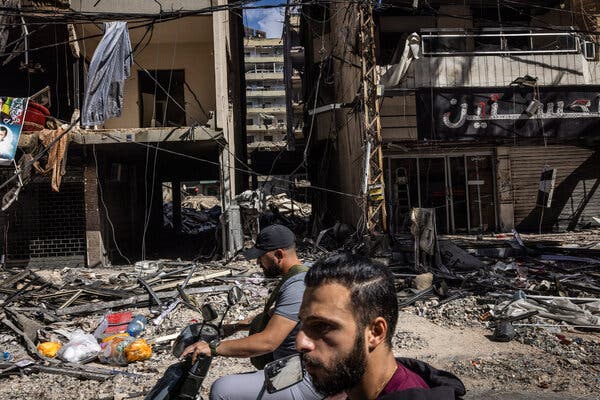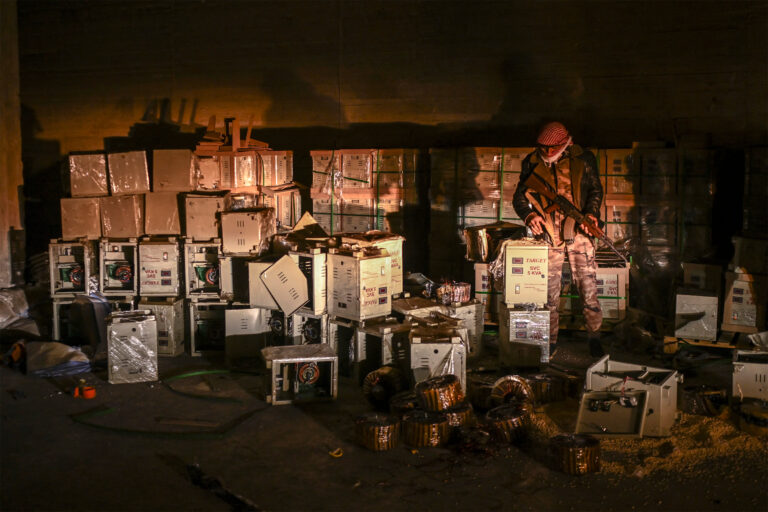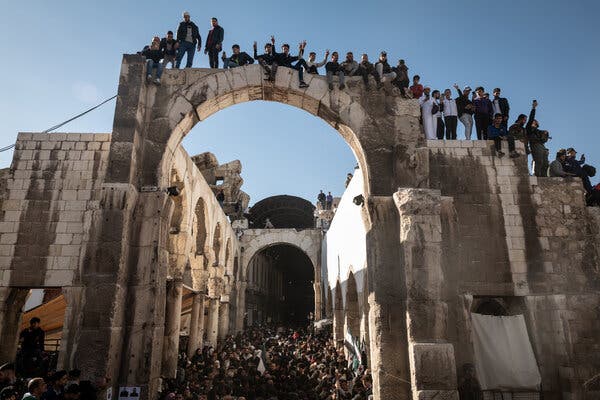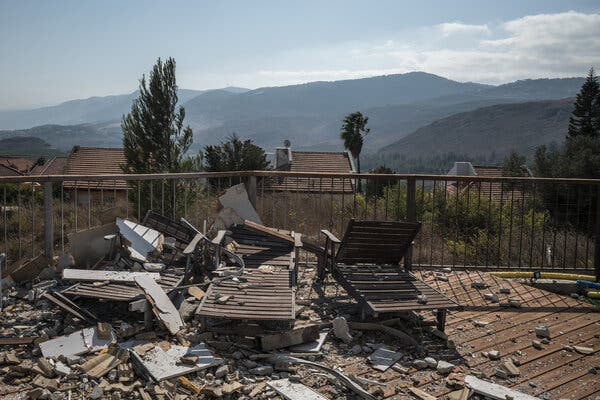Beirut Dispatch
Airstrikes targeting members of Hezbollah have brought the Dahiya neighborhoods south of Beirut to a standstill, its residents fleeing and businesses shuttering.

There is little life left in the southern suburbs of Beirut.
Roads, typically crammed with bumper-to-bumper traffic and the deafening screech of car horns, are eerily empty. Once-bustling sidewalks where people talked politics over coffee and tea are desolate too. In lieu of plastic bistro chairs, there are shards of glass and jagged chunks of concrete splayed across the pavements. Nearly every shop is closed, the apartments above them vacant.
The vast majority of residents of the Dahiya — the collection of neighborhoods on the southern outskirts of Beirut where the militant group and political party Hezbollah is the dominant power — have fled in recent days amid a barrage of Israeli airstrikes targeting the neighborhood. The near-daily strikes in the predominantly Shia area have sent plumes of dark gray smoke billowing into the sky and concrete blocks of buildings crashing onto the ground, rattling people across Beirut who worry a war could soon consume the entire city.
Israeli officials say the strikes have targeted members of Hezbollah, which started firing toward Israeli positions in solidarity with its ally Hamas after the attack on Israel led by that group on Oct. 7 of last year. On Friday, Israeli strikes killed the leader of Hezbollah, Hassan Nasrallah, in Dahiya.
Dozens of civilians have also been killed, according to Lebanese health officials. Thousands more have fled after heeding evacuation warnings from Hezbollah, the Shia movement that has found its most loyal and devoted support in Dahiya and in other Shia villages in southern Lebanon. Some residents who left have found refuge in relatives’ homes in other parts of Beirut. Others have been sleeping on sidewalks, beaches and public parks across the city.
On Wednesday, Hezbollah gave media outlets including The New York Times a tour of parts of the Dahiya. Hezbollah authorities accompanied journalists to three buildings in the area that had been hit over the past two days in airstrikes. Hezbollah members were not standing near reporters as they interviewed local residents and had no say over what would be published. They did not show reporters to the site of the Israeli airstrikes that killed Mr. Nasrallah.



